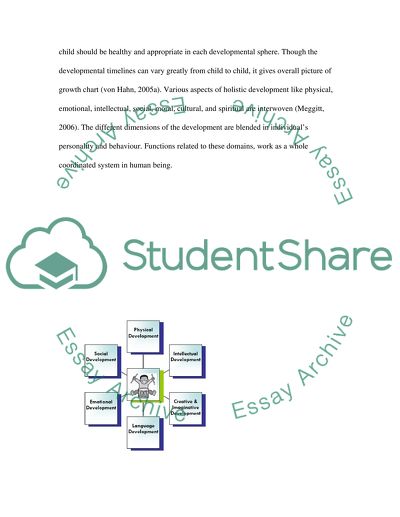Cite this document
(“The Development of a Child Essay Example | Topics and Well Written Essays - 3500 words”, n.d.)
The Development of a Child Essay Example | Topics and Well Written Essays - 3500 words. Retrieved from https://studentshare.org/psychology/1561387-examine-the-ways-in-which-interactions-between-child-environment-and-culture-are-explained-in-two-different-approaches-to-understanding-learning
The Development of a Child Essay Example | Topics and Well Written Essays - 3500 words. Retrieved from https://studentshare.org/psychology/1561387-examine-the-ways-in-which-interactions-between-child-environment-and-culture-are-explained-in-two-different-approaches-to-understanding-learning
(The Development of a Child Essay Example | Topics and Well Written Essays - 3500 Words)
The Development of a Child Essay Example | Topics and Well Written Essays - 3500 Words. https://studentshare.org/psychology/1561387-examine-the-ways-in-which-interactions-between-child-environment-and-culture-are-explained-in-two-different-approaches-to-understanding-learning.
The Development of a Child Essay Example | Topics and Well Written Essays - 3500 Words. https://studentshare.org/psychology/1561387-examine-the-ways-in-which-interactions-between-child-environment-and-culture-are-explained-in-two-different-approaches-to-understanding-learning.
“The Development of a Child Essay Example | Topics and Well Written Essays - 3500 Words”, n.d. https://studentshare.org/psychology/1561387-examine-the-ways-in-which-interactions-between-child-environment-and-culture-are-explained-in-two-different-approaches-to-understanding-learning.


